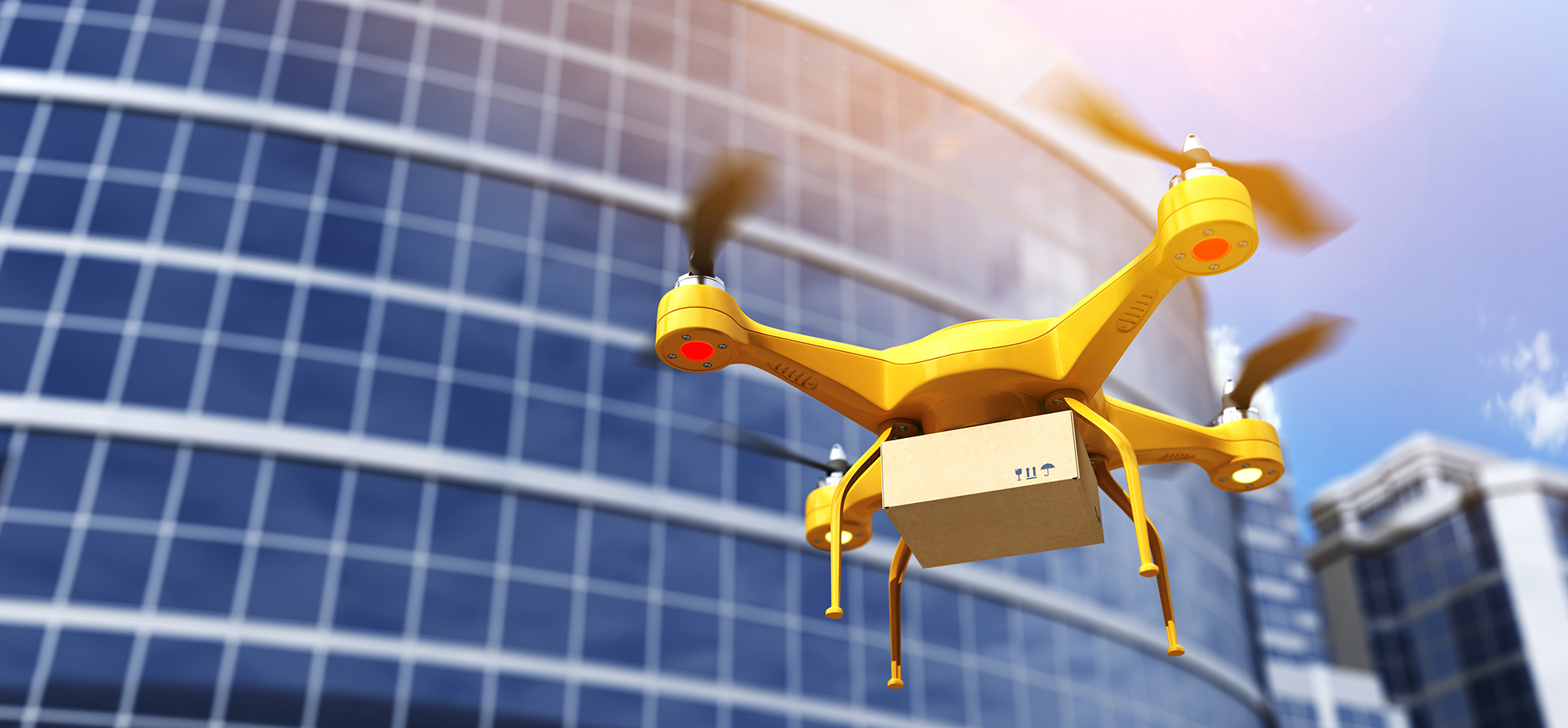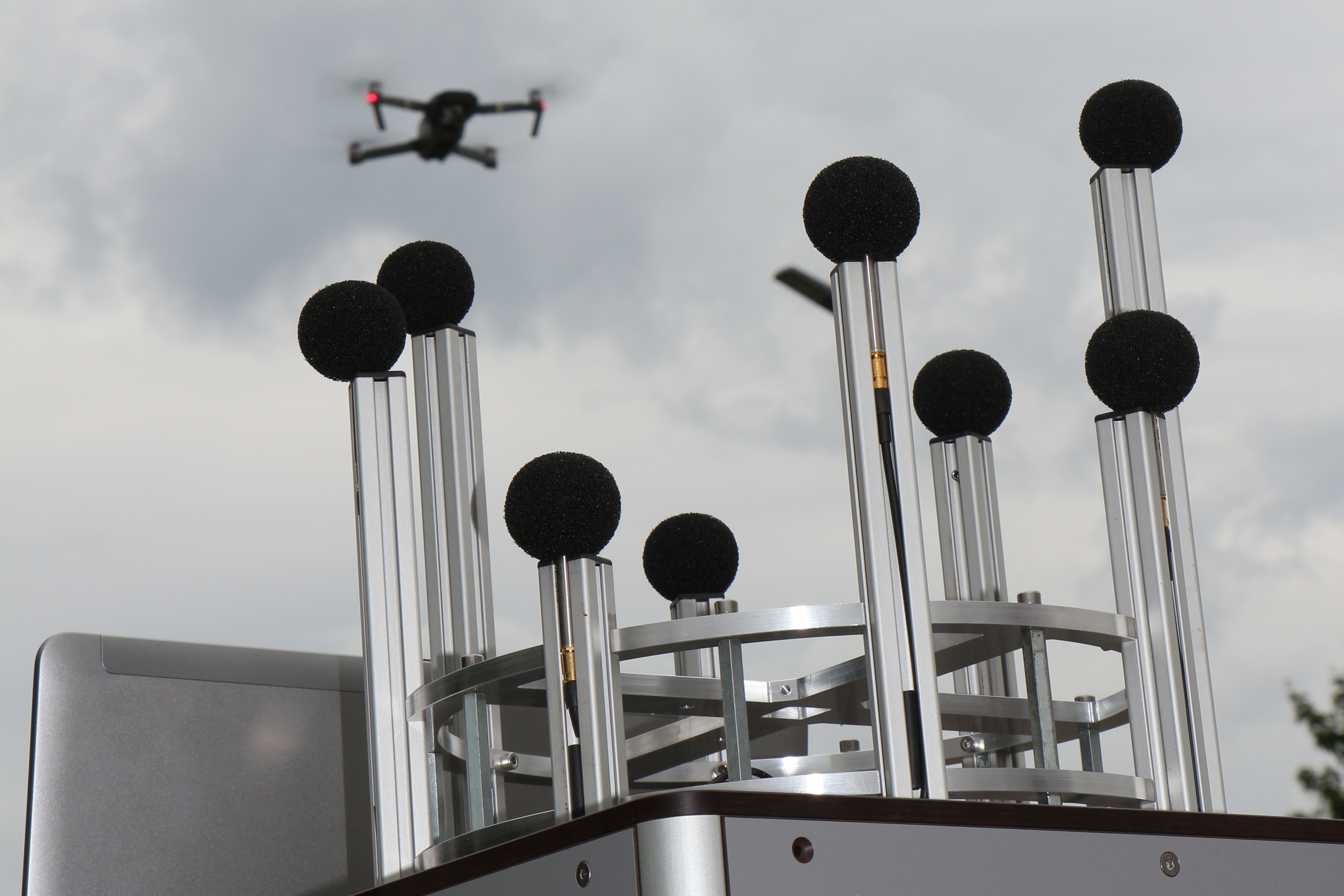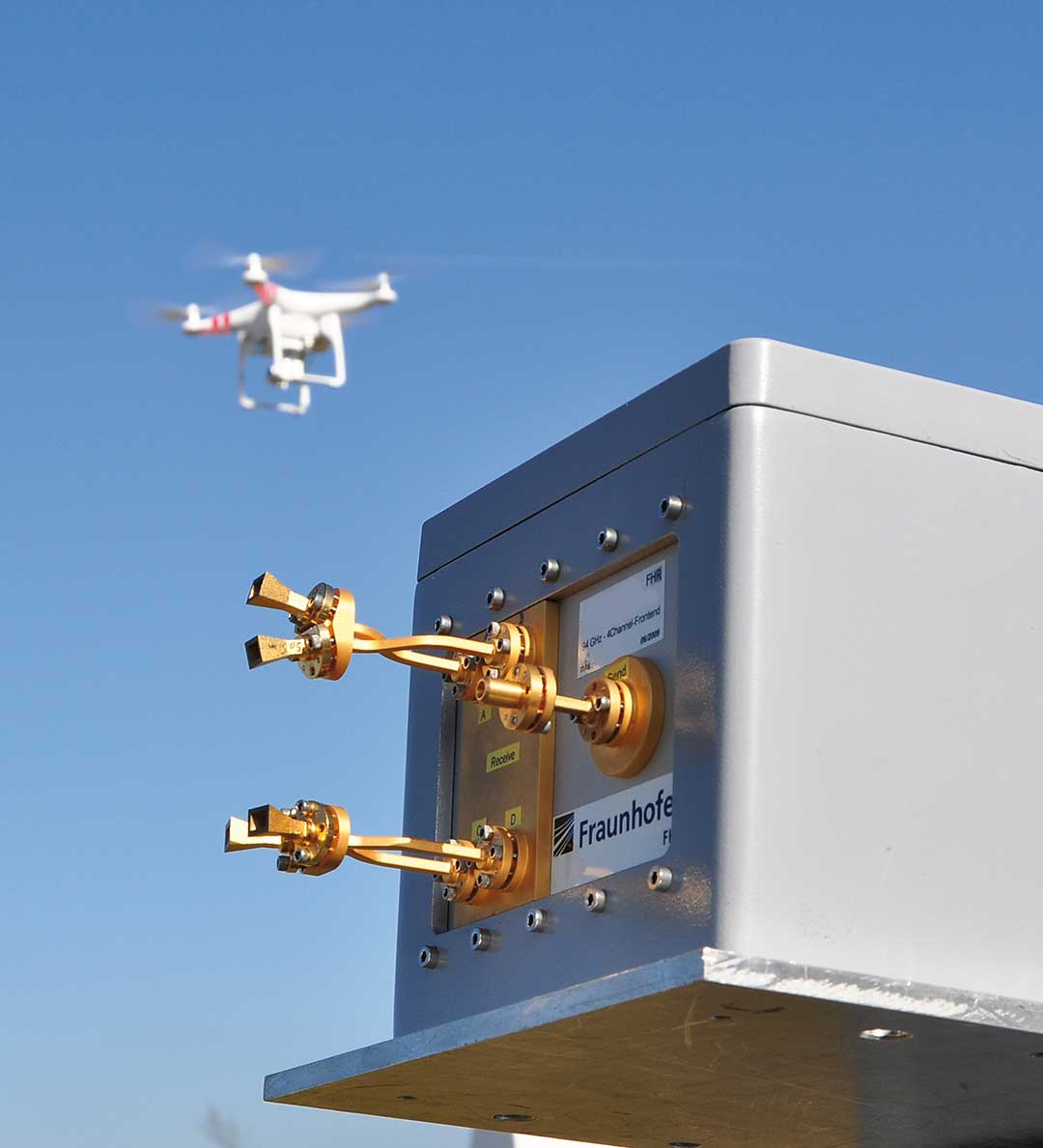Defense against drones – the danger on the radar screen
Drones are practical and can be put to use for almost any purpose. They help rescue teams survey sites, they assist farmers inspecting their fields, they are the preferred method of extreme athletes for taking selfies from the sky, and they give the term “air mail” an entirely new meaning, as they begin to deliver us letters and packages. However, they can also be put to use for criminal and terrorist purposes, such as spying on people and objects, smuggling drugs and weapons into prisons, as well as terrorist attacks on people, vehicles or buildings. Here, we are referring to unmanned aerial vehicles (UAVs and/or UAS for unmanned aerial system), also referred to as drones in every day usage.
Drones are becoming more and more powerful. In recent years the possible altitude, range, endurance, air speed and precision of navigation has risen appreciably. In addition, they can transport increasingly more mass. Moreover, drones are cheap, easy to obtain and also available as a kit. It is no wonder that their popularity is growing, both in the commercial and private sectors. German air traffic control authorities are working on the assumption that there will be more than one million drones in Germany by 2020.
At the same time the number of incidents is on the rise: drones enter no-fly zones, e.g. at the airport or major events such as rock festivals or football matches. Up to now such incidents have primarily involved mere negligence or indiscretion, if the drones of hobby pilots come dangerously close to aircraft or illegally record videos and take photos of persons or buildings. Yet drones can also be used for specific terrorist purposes. Consequently, German security authorities are alarmed, as no effective defense system has been devised to date.
The danger that can be posed by drones was illustrated by an event that took place in 2014, when a drone with a flag displaying Greater Albania was suddenly seen floating above the football field in Belgrade during the European Football Championship qualifier between Albania and Serbia. This led to riots, resulting in the entire game having to be called off. Instead of a harmless flag, however, terrorists could also have flown bombs into the stadium, and subsequently dropped them into the crowd. Defense against drones comprises a three-step approach. The first step involves discovering the drone. Taking into account the high speed of the flying objects and the limited recognition radius of sensor technology, this alone presents a challenge. The second step involves recognizing just what type of drone it is and whether it represents any type of danger. Perhaps the thing hovering and buzzing so ominously above the starting field of the city marathon is just the camera drone of the local TV channel.
If the flying object is identified as a dangerous drone, then the third step kicks in: that of countermeasures. These must be carefully planned. What is the model? What is the speed of the drone? What is its maximum permitted load? At what radio frequency is it being controlled? All this analysis and information needs to be made available with a rapidity that approaches that of real time. This is because, in case of an emergency, only a few seconds would be left to make the correct decision and introduce appropriate defensive countermeasures.
Distinction is made between passive and active measures, in the latter case also between soft or hard measures. Passive measures are limited to, e.g., triggering an alarm. Active measures present a challenge to both the personnel and the technology involved, because every intervention is precarious and the legal consequences thereof must be precisely weighed. So-called “jamming” is an example of a soft measure. In such a case signals are sent out that interrupt the radio connection of the drone to the party controlling it, thereby forcing it to land. Yet this only works if the drone has been programmed to land under such circumstances. There is a danger that it will nonetheless continue to fly uncontrollably and then crash. By contrast, in the case of “spoofing” the drone is sent a factitious and incorrect GPS signal, in order to cause it to change its course.
Examples of hard defense would be physically intercepting or shooting down the drone. Such a measure would only be turned to as a last resort, because of the danger of harming innocent persons. There is a wide choice among methods to be used: shooting the drone down with a laser, water cannon or a gun, the use of kamikaze drones, employment of a safety net or an adhesive that renders the drone incapable of flying, interference by means of a powerful acoustic sound or through a tether.
There is a variety of conceivable threatening situations. As a result, Fraunhofer researchers and their partners rely on a variety of approaches and technologies. For detection and identification purposes, sensor technologies such as radio, acoustics, radar, and/or infrared and electro-optics are employed. Under ideal circumstances the sensors would serve to complement one another, but there is not yet any sensor that can detect everything. Each sensor has its strong and weak points. Visual-optic sensors do not function at night or if there is rain and fog. In such a case, infrared or radar would be a better choice. If it is a question of the range of detection, then radar is superior to visual optic sensors and infrared sensors.



